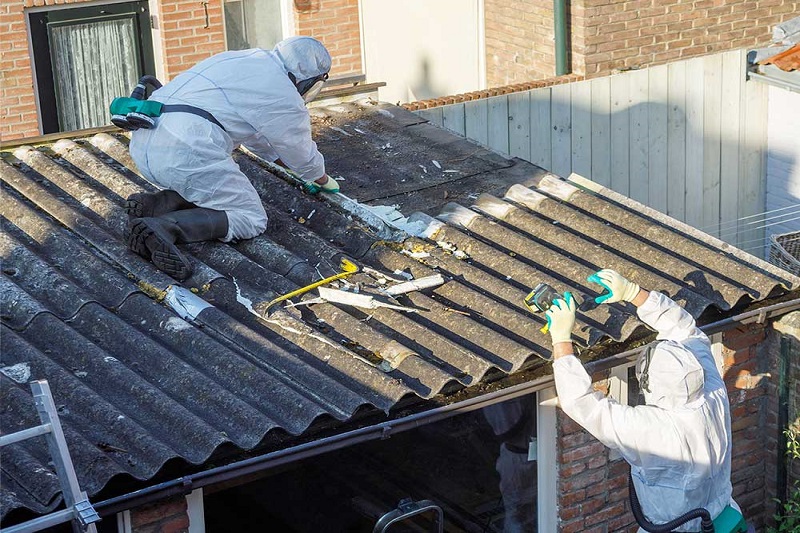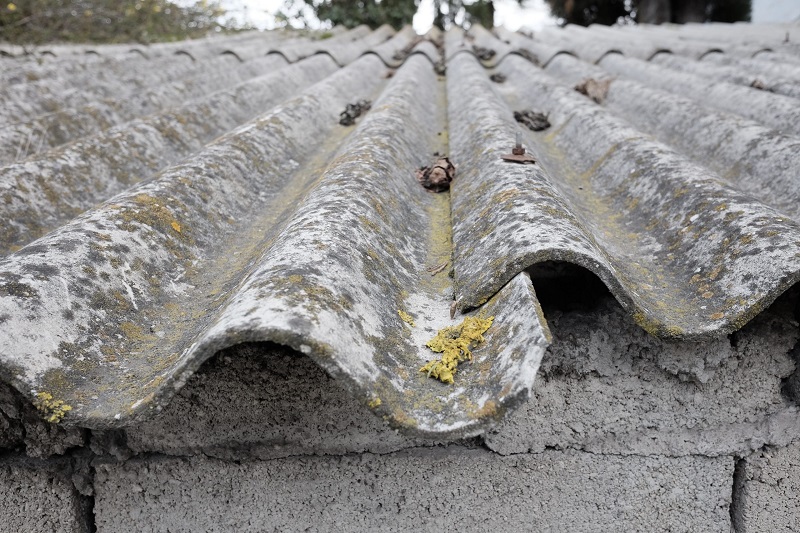
The mention of asbestos often raises eyebrows and prompts questions - what exactly is asbestos? Is it truly dangerous? If it's present in my home, how can I get rid of it safely and efficiently? This blog post will delve into the specifics of asbestos removal, addressing these questions with accuracy, clarity, and sensitivity. Whether you're a homeowner faced with the presence of asbestos in your abode, a professional in the field of construction, or simply someone interested in further understanding this topic -- read on.
Asbestos, intriguingly, is not a single material. It's a term used to collectively refer to six naturally occurring silicate minerals that share the same fibrous, heat-resistant properties. Effectively used in construction from the late 19th century through to the 70s, asbestos was lauded for its fireproofing and insulating abilities. But today, its legacy is largely one of endangerment and fear, given its eventual link to serious health conditions.
This is more than a simple guide to asbestos removal. It's an exploration of history, a reckoning with the past, and an instructive, pragmatic walk-through of this multi-layered procedure. Read on to better unravel the complexity that surrounds asbestos.
Why is the Removal of Asbestos Crucial?
Asbestos, unbeknownst to many, quietly lurks in various corners of numerous homes, mainly built before the 80s. It may be found in anything - from your ceiling tiles, insulation, or the old vinyl flooring. Its presence is discreet, and even benign until its fibres become airborne. If inhaled, these fibres can cause conditions like pleural thickening, asbestosis, and in rare cases, even lung cancer and mesothelioma.
This is where asbestos removal takes centrestage. A preventive measure and a response to its deadly potential, asbestos removal is more than just home maintenance - it's a health imperative. Opting for professional removal not only diminishes the threat these fibres pose but also ensures this process is undertaken safely, with minimal risk to occupants.
Then again, the necessity of removal is complicated. As harmless as asbestos is when undisturbed, some argue that disruption of any kind during removal may cause more harm. Well, read on, as we shall demystify this further.
The Intricacies and Challenges of Asbestos Removal
As straightforward as the idea of asbestos removal may seem, it's a task fraught with complexities. There's a need to first identify its presence using specific kits, followed by a professional, usually someone licensed in asbestos management, confirming the test. The removal itself is a meticulous process involving protective clothing and careful packing and disposing of the material.
Regulations surrounding asbestos fluctuate across nations, regions, and even local councils - adding an extra layer of complexity. This kaleidoscope of rules underscores the necessity of using professionals for this procedure. Let’s dig into the typical asbestos removal process.

The Step-by-Step Guide to Asbestos Removal
Commencing with the vital step of identification, to adopting the right protective measures, meticulously sealing spaces off and efficiently disposing of the asbestos - the process is a heavily detailed one needing careful adherence to precise procedures.
A Weigh of the Pros and Cons
Every decision brings with it a set of pros and cons. This section breaks down the advantages and disadvantages of opting for asbestos removal.
Asbestos Removal Services - The Wise Choice
What can professional asbestos removal companies bring to the table? This section offers a comprehensive look at their major role in this field.
Legislation, Licensing and Asbestos Removal
The link between governmental guidelines, licence ownership and asbestos removal cannot be overstated. Knowing your rights and responsibilities as homeowners can greatly alleviate this process.
As we navigate through the intricate pathways of asbestos removal, we’re faced with a plethora of information. The seriousness of the hazards, the exacting process of removal, balancing the pros and cons, and the undeniable value of professional services and governmental guidelines - there’s a wealth of knowledge here.
Asbestos, for all its inherent dangers, is a problem that can be effectively managed with the right information, professional help and an informed sense of responsibility. We can coexist safely with this material of our tumultuous past and ultimately, in understanding the dangers, we truly hold the power for change. Whether by eliminating outright or managing the risks - the real victory lies in not ignoring it. Asbestos - let's face this head-on.




0 Comments